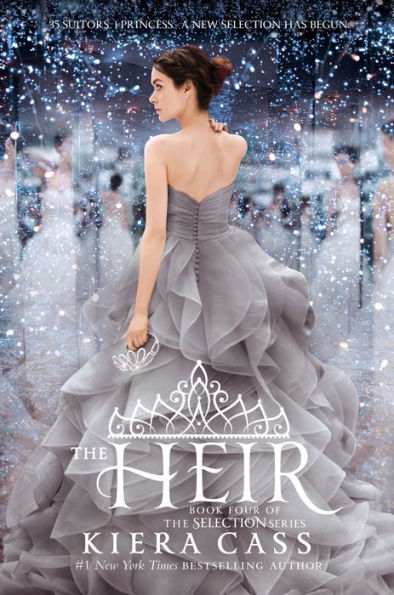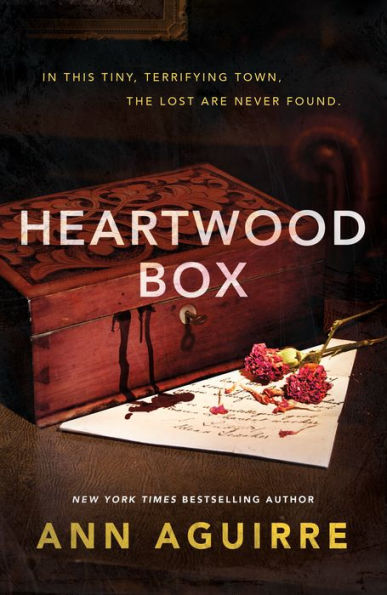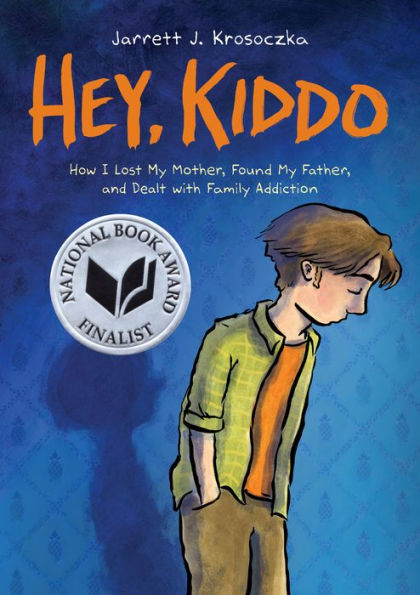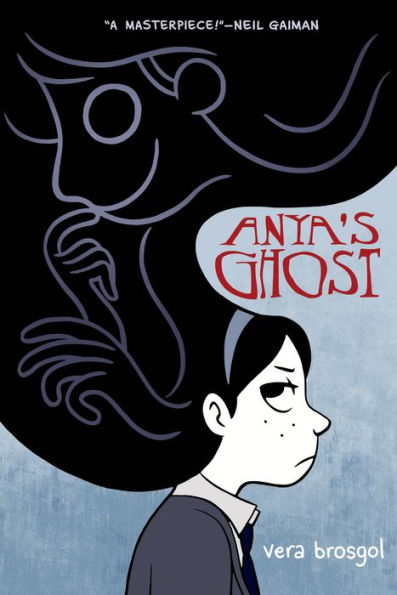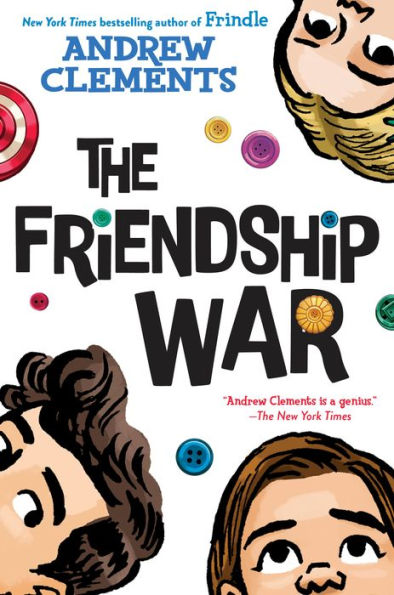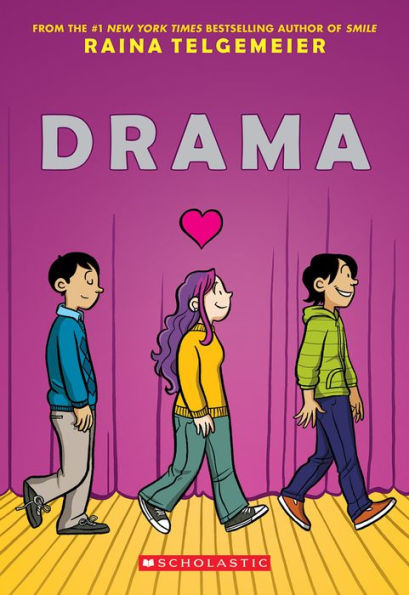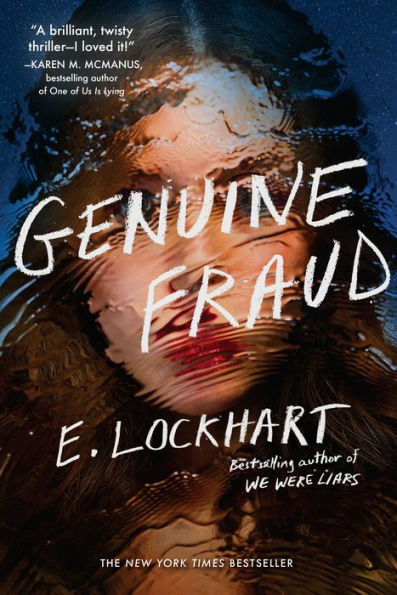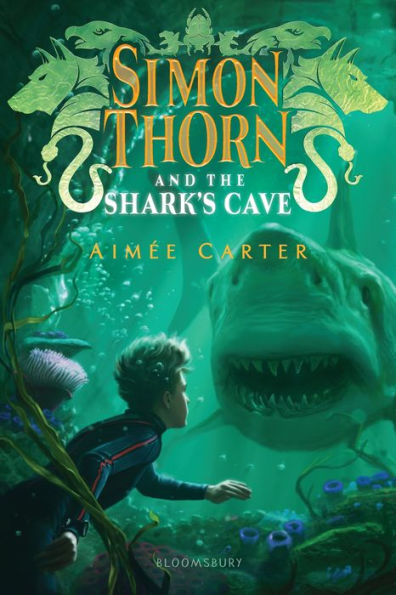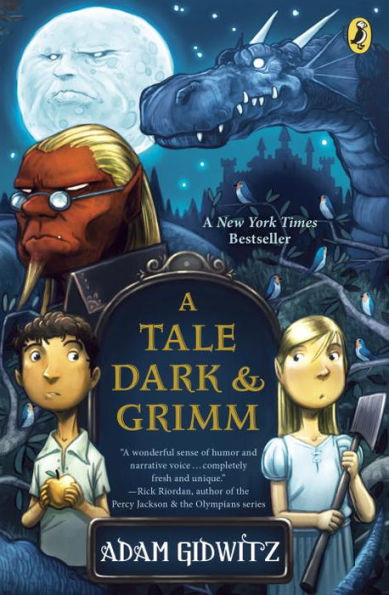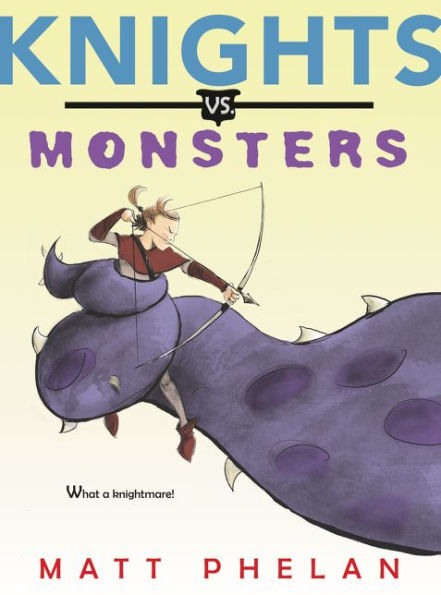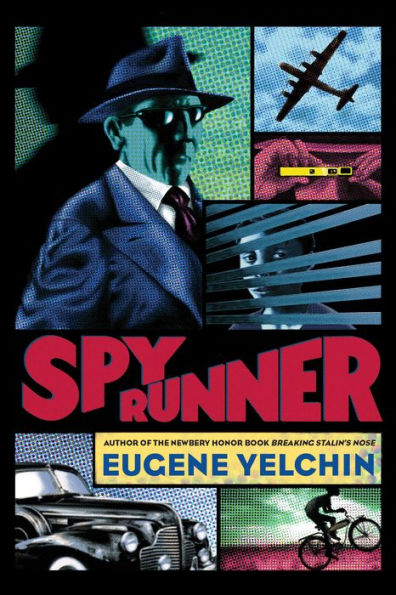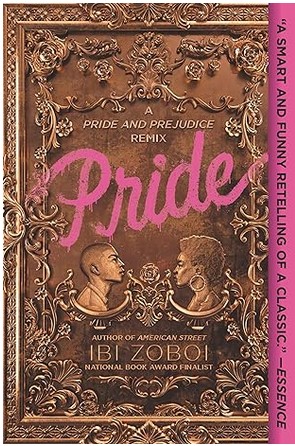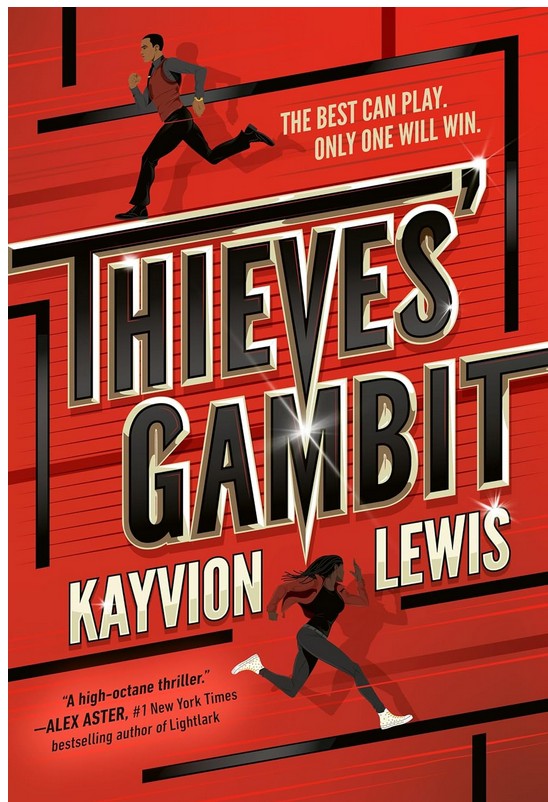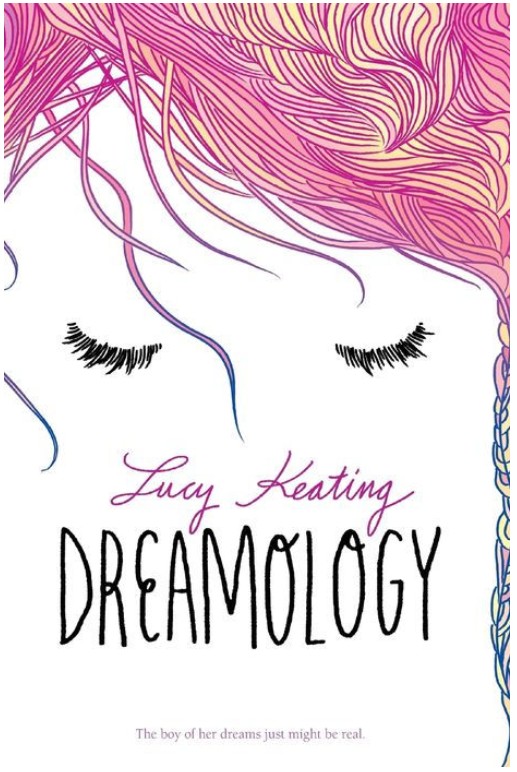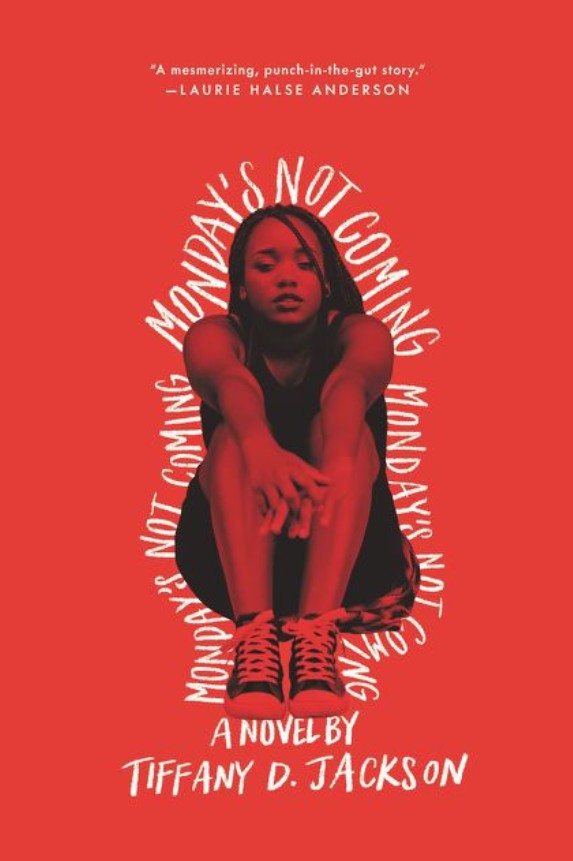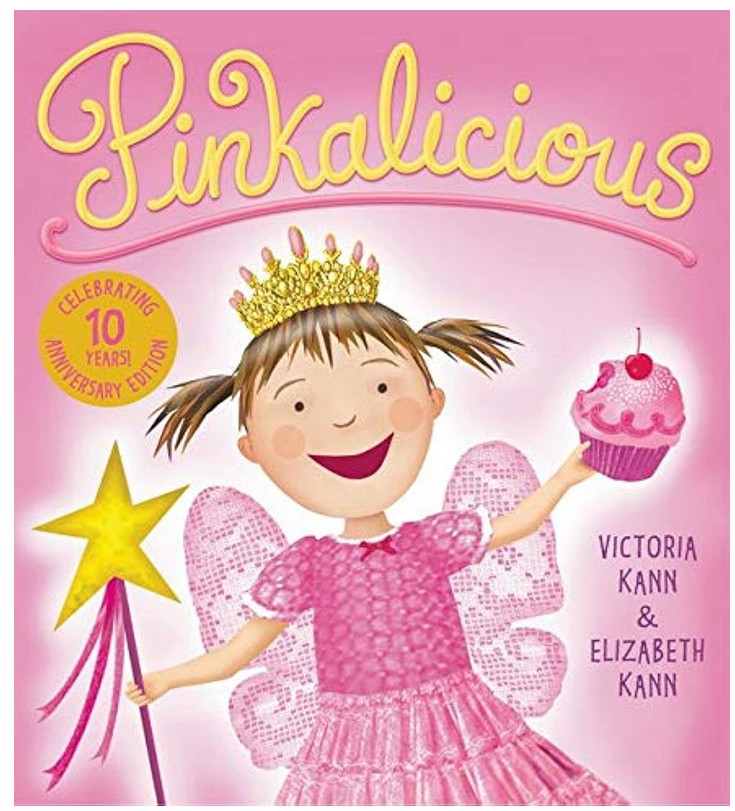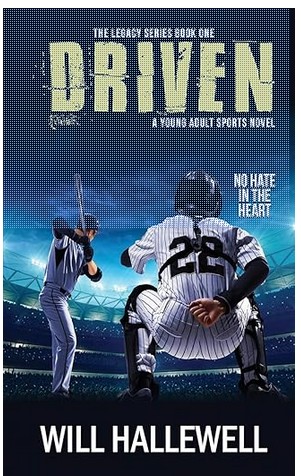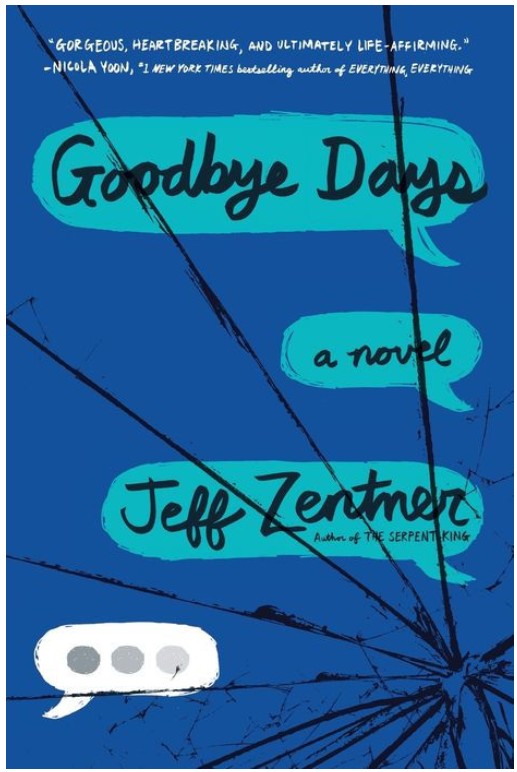So you think you know the story of Little Red Riding Hood, the girl with the unfortunate name and the inability to tell the difference between her grandmother and a member of a different species? Well, then, try your hand at answering these questions: Which character (not including Little Red herself) is the most fashion challenged? Who (not including the wolf) is the scariest? Who (not including Granny) is the most easily scared? Who is the strangest (notice we’re not “not including” anyone, because they’re all a little off.)? Who (no fair saying “the author”) has stuffing for brains?
Vivian Vande Velde retells the story of Little Red Riding Hood and gives the story eight new endings. The stories aren’t truly a retelling because they take a small portion of the original story and weave it into a new and often strange story. The author makes fun of the original fairy tale, but her own versions of Little Red Riding Hood are flat and unexciting. Instead of digging deeper into Little Red Riding Hood’s life and character, the author doesn’t add any new insight or meaning to the original fairy tale.
The beginning of the story makes fun of the Grimm’s vision of Little Red Riding Hood, and the author seems to go out of her way to portray Little Red Riding Hood in a negative light. In all of the stories, Little Red’s name changes, which is not only confusing but also makes it hard for the reader to connect with the character. In addition, Little Red is an unlikeable character in all of the stories. She is either stupid, self-absorbed, or a witch.
Readers who love fairy tales, both the original and retelling, should leave Cloaked in Red on the shelf. Vivian Vande Velde’s versions of Little Red Riding Hood are uninteresting, strange, and difficult to read. Instead of reading Cloaked in Red, grab a copy of Seeing Red by Sarah Mlynowski or Misfit by Jen Calonita; both books are excellent retellings that have a strong female character.
Sexual Content
- A girl was wandering in the woods when a group of boys sees her. One boy asks, “Care to give us a kiss?” Then the boys formed a line and the girl kisses each boy. The girl then rides away with one of the boys.
Violence
- When a wolf attacks Little Red Riding Hood, she “realized that the wolf’s sharp nails had not only pulled the cloak off her, they had ripped the fabric. She smacked the wolf’s muzzle, hard. . . The wolf backed away, his muzzle stinging.”
Drugs and Alcohol
- A woodcutter finds a girl sleeping in the woods. The woodcutter assumes that the girl had “too much to drink.”
Language
- Little Red Riding Hood repeatedly calls the wolf stupid and then says, “I bet your own mother was sorry she ever had a stupid excuse of a lunkbrain like you.” Later she calls him a “stupid clod.”
Supernatural
- A woman makes a doll. When the woman wishes for a daughter, the doll comes alive.
- In one story, Little Red Riding Hood is a witch and her grandmother is a werewolf.
- When a vampire appears, Little Red Riding Hood “uttered a magic spell and transformed him into a frog—a pale, sickly-looking frog.”
- A fairy godmother accidentally cast a spell on a cloak making it smart. The cloak can think, repair itself, as well as adjust its size.
Spiritual Content
- None


